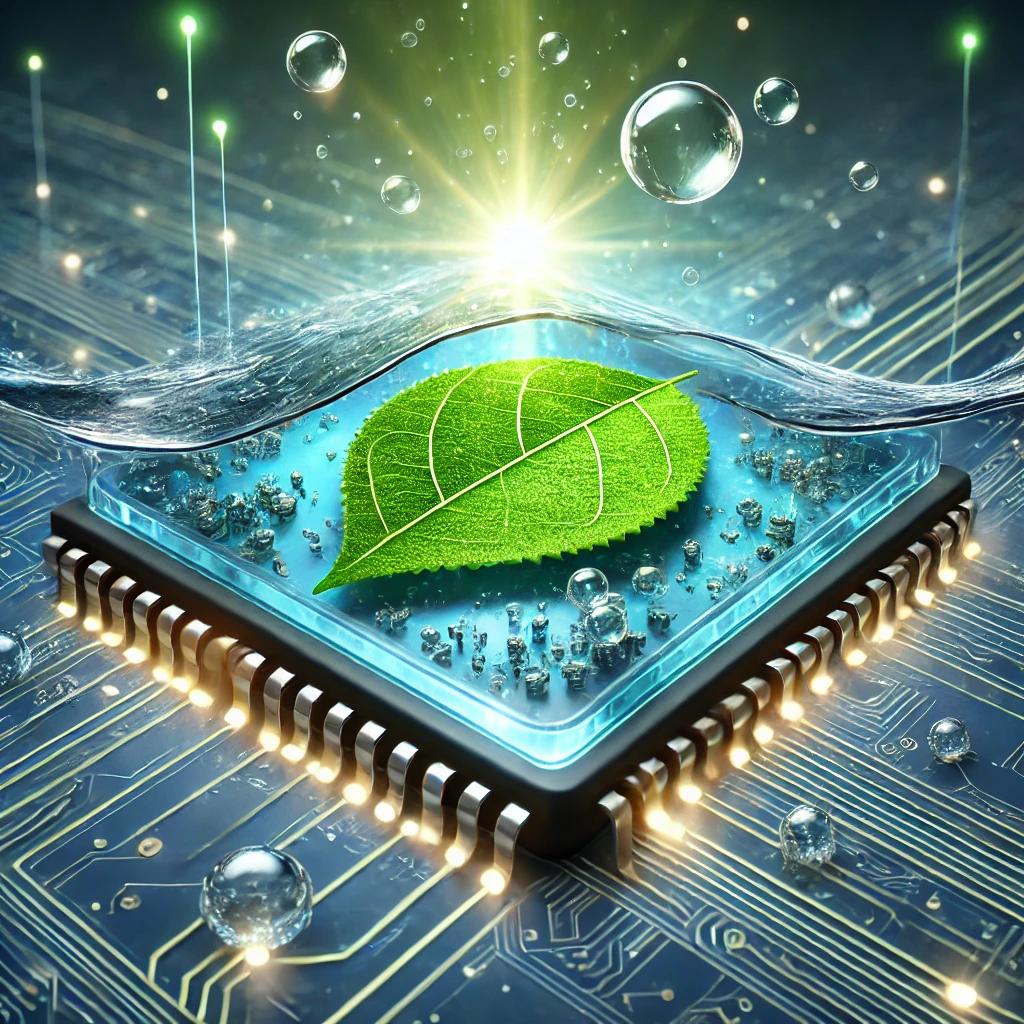Artificial Leaf Technology:
In the quest for sustainable energy solutions, scientists have developed an innovative technology known as the artificial leaf—a device that mimics the process of photosynthesis to generate clean hydrogen fuel.
At the core of the artificial leaf is a silicon chip coated with chemical catalysts that accelerate the water-splitting reaction. When placed in an open vessel of water and exposed to sunlight, the chip triggers a chemical reaction similar to that seen in nature, breaking apart the hydrogen and oxygen molecules in water. The device captures the resulting protons and electrons, which are then recombined to produce hydrogen gas—a versatile fuel that can either be used to generate electricity immediately or stored for later use.
A Cleaner Alternative for Hydrogen Production
Hydrogen is increasingly seen as a key player in the transition to renewable energy. However, traditional methods of hydrogen production, such as steam reforming and hydraulic fracturing (fracking), are far from environmentally friendly. Steam reforming relies on high-temperature steam reacting with methane in the presence of a metal catalyst, while fracking involves injecting chemically-laden fluids into underground rock formations to release natural gas, including hydrogen. Both processes result in the release of harmful emissions and environmental pollutants, making them unsuitable for a truly sustainable future.
In contrast, the artificial leaf provides a clean and renewable method of hydrogen production, relying only on sunlight and water—two abundant natural resources. This breakthrough means that individuals could potentially produce their own energy locally, without reliance on an electricity grid. The ability to generate hydrogen on-site could prove particularly valuable in remote and underdeveloped regions, where energy infrastructure is limited. According to early research, a small artificial leaf setup using just one to three bottles of water could generate enough energy to power a single household in such areas.
Challenges and Future Prospects
Despite its promise, artificial leaf technology still faces significant challenges. One of the main obstacles is efficiency—early prototypes captured only 4.7% of the total possible hydrogen fuel available from solar energy. While more recent advancements have increased efficiency to approximately 10%, further improvements are needed to make the technology commercially viable.
Additionally, cost remains a major barrier. The materials and processes involved in developing artificial leaf systems are still relatively expensive, limiting widespread adoption. Another concern is hydrogen fuel storage—while hydrogen is an excellent energy carrier, it is also highly flammable, requiring safe and efficient storage solutions before it can be deployed on a large scale.
Despite these hurdles, artificial leaf technology represents a major step forward in the pursuit of clean, sustainable energy. As research continues, further advancements in efficiency, cost reduction, and storage safety could pave the way for a future where hydrogen energy is widely accessible—bringing us closer to a truly renewable world.

